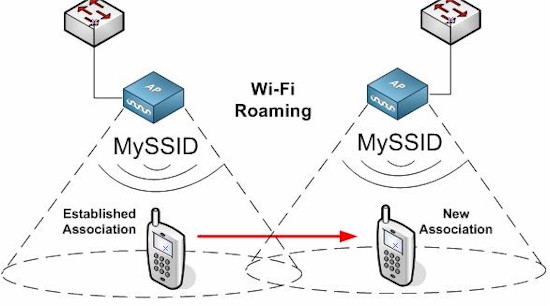
Read on SmallNetBuilder

Done.Perhaps "wireless clients" instead? Just a thought.
So you think the key to your success is mainly AP placement? What critertia did you use for signal overlap? Or is there some other "secret sauce"?My devices switch easily between access points and all printers and media devices are wired via CAT6. If you take your time finding the ideal location for your access points and router you should have good solid connections all the time.
I wonder, why can't they change the WiFi standard to implement roaming similar to how cellphone towers handle it?
That's correct. That is why the Wi-Fi Alliance has gotten involved and produced the WiFi Certified Agile Multiband certification.As i known event k,v,r, it's still have many unclear definition in standard specification and it will take more interop. issue with different devices...
I wonder, for older devices, can better support for some of the newer roaming technologies be added in software (driver update), or will some changes to the hardware be needed?
So you think the key to your success is mainly AP placement? What critertia did you use for signal overlap? Or is there some other "secret sauce"?
So you think the key to your success is mainly AP placement? What critertia did you use for signal overlap? Or is there some other "secret sauce"?
I will not be adding roaming testing. It's mainly up to the client, so my results will reflect only the client I use.Can you please add this to your testing and of course clearly state what standards are supported by each?

Welcome To SNBForums
SNBForums is a community for anyone who wants to learn about or discuss the latest in wireless routers, network storage and the ins and outs of building and maintaining a small network.
If you'd like to post a question, simply register and have at it!
While you're at it, please check out SmallNetBuilder for product reviews and our famous Router Charts, Ranker and plenty more!
